They say that a home without flowers isn’t a home at all and I can agree with that as almost everyone has some flowers in their household. And really, there’s just something about flowers that warms up the whole interior and exterior of a home and it’s no wonder why growing them in pots is so popular. But what about natural and fresh herbs that make every dish even more special? Or herbs which can be used to make aromatic oils and scents?
Can herbs be grown in a small pot?
Well, sure they can! I remember going to my grandmother’s house on spring breaks and she would always have some fresh basil, mint, and thyme in pots right outside her window. Maybe that’s why today I love gardening so much. Anyways, today we are going to take a look at 10 best herbs to grow in pots so you can always have fresh greens and don’t have to run to the store to buy those dried out commercial ones.

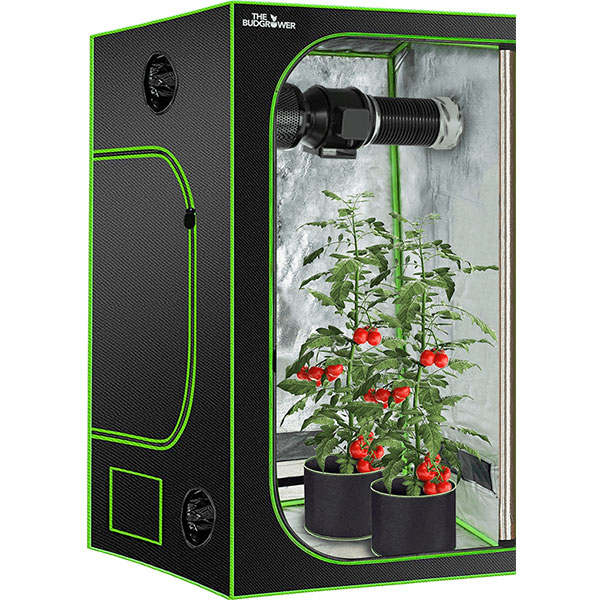
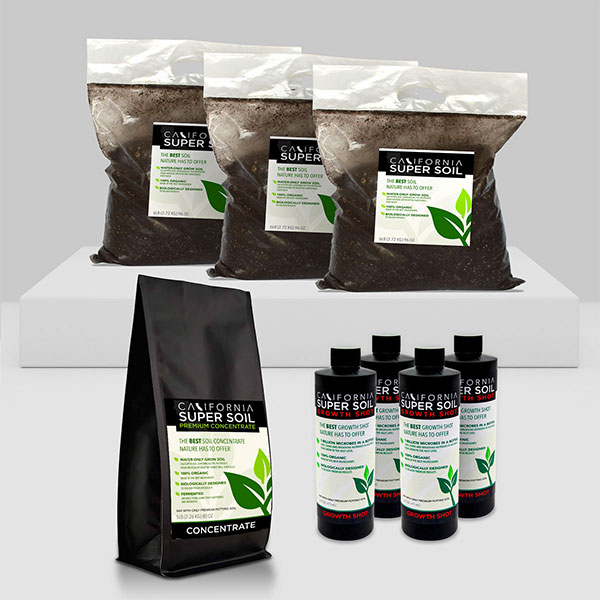
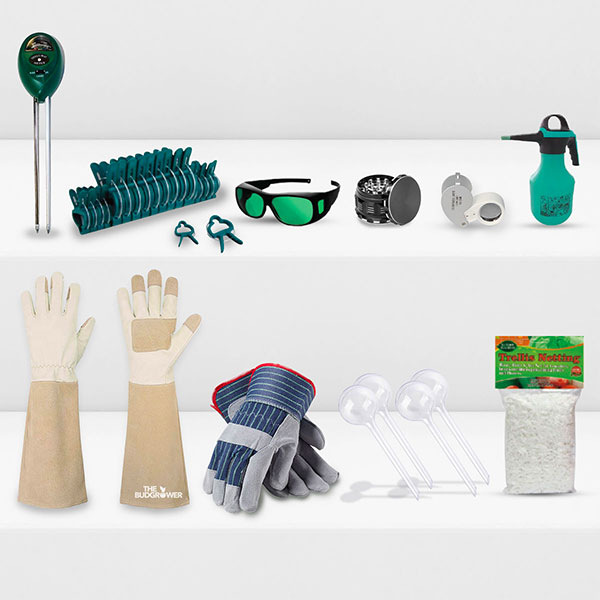









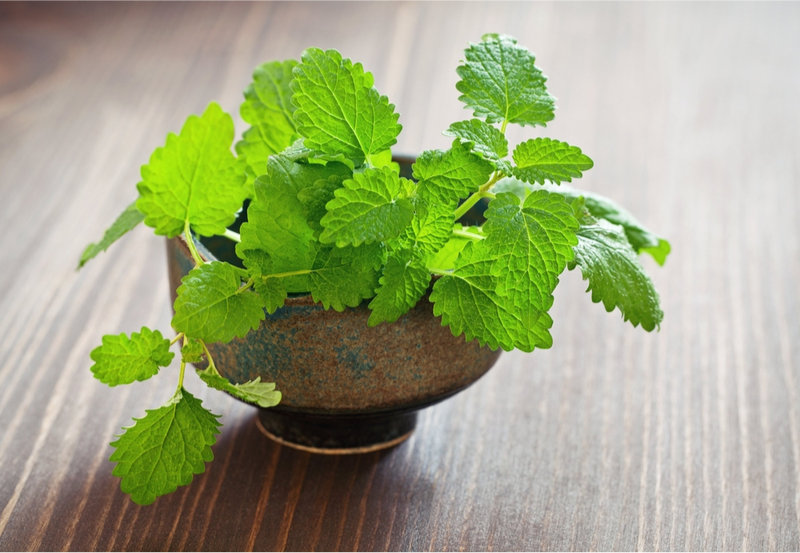

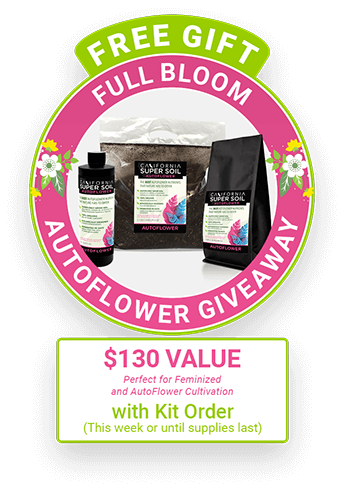
 Free FedEx Shipping
Free FedEx Shipping









